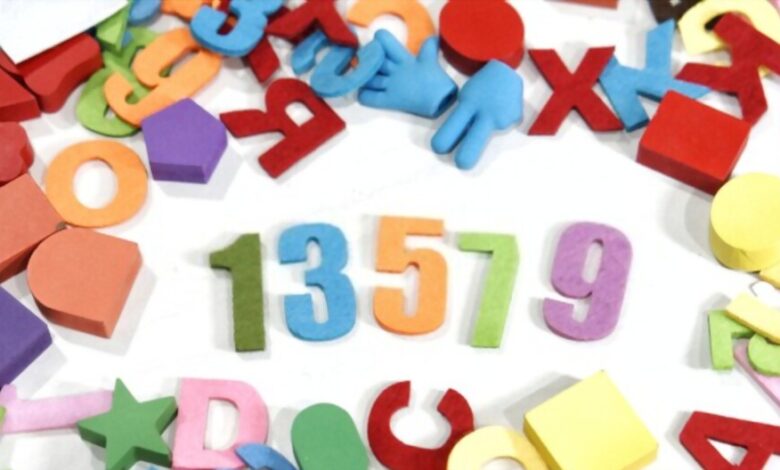What Do You Mean By Odd Numbers?

Have you heard about the term whole numbers? No! Let me tell you, those numbers do not include any fraction or decimal, basically, they are positive integers. The whole numbers are classified into types: the odd numbers and the even numbers. Odd numbers can be defined as one of the types of whole numbers which cannot be arranged or written in pairs.
It can also be regarded as the numbers which do not divide into equal parts. Some of the examples of odd numbers are as follows; 1, 7, 9, 11, 13, 5, etc. One unique fact about odd numbers is that all these numbers are not considered as a multiple of 2. There are various types of odd numbers such as consecutive numbers, composite numbers, and so on.
You may like: Know Everything About External Thermal Insulation Systems
In this article, we shall cover some basic aspects regarding the number which are odd like properties of odd numbers, carry out a comparison between odd and even numbers and many more.
Opposite of Odd numbers: Even Numbers
As the title or heading suggests, the opposite of odd numbers is considered as even numbers. It can be defined as those whole numbers which can be divided into two equal parts or can be partially divided. Some examples of even numbers are as follows: 2, 6, 10, 8, 12, etc.
One common feature about all the numbers mentioned above is that they all are multiples of 2 or they are divisible by 2. As odd numbers, there are different types of even numbers as well which are named as ‘even prime numbers’.
The numbers consist of two factors i.e. 1 and the number itself. The number ‘2’ is the only even prime number. We may cover the properties of an even number in the coming sections.
Some Significant Properties of an Even number
As mentioned above, those whole numbers which can be divided into two equal parts or can be partially divided are known as even numbers. The following points analyze the properties of even numbers which will help you to distinguish from other numbers:
- When we add two different even numbers, the resultant value comes as an even number. For example, when 2 and 4 undergo the arithmetic operation of addition, the answer is equivalent to 6 which is an even number. Similarly, when an odd and even number is added, the resultant value comes as an odd number. For example 7 + 8 = 15 (odd number) .
- When we subtract two different even numbers, the resultant value comes as an even number. For example, when 2 and 4 undergo the arithmetic operation of subtraction, the answer is equivalent to 2 which is an even number.
- The product of two even numbers is always equal to an even number whereas the product of an odd and even number is also equal to an even number. For example, 4 * 2 = 8 and 3 * 4 = 12.
Odd number Vs Even Numbers
The following are the distinctive points between an odd and an even number:
- Odd numbers can be defined as one of the types of whole numbers which cannot be arranged or written in pairs whereas even numbers are those whole numbers that can be arranged in a pair of 2.
- Odd numbers are not considered as the divisible of 2 whereas the even numbers are regarded as the divisible of 2.
- Some examples of odd numbers are as follows: 1, 3, 7, 9, 11,13, and so on. Some examples of even numbers are 2, 6, 8, 12 24 26, etc.
If you want to study odd and even numbers in a detailed, fun, and interesting manner, visit the Cuemath website to book a free demo session now.




